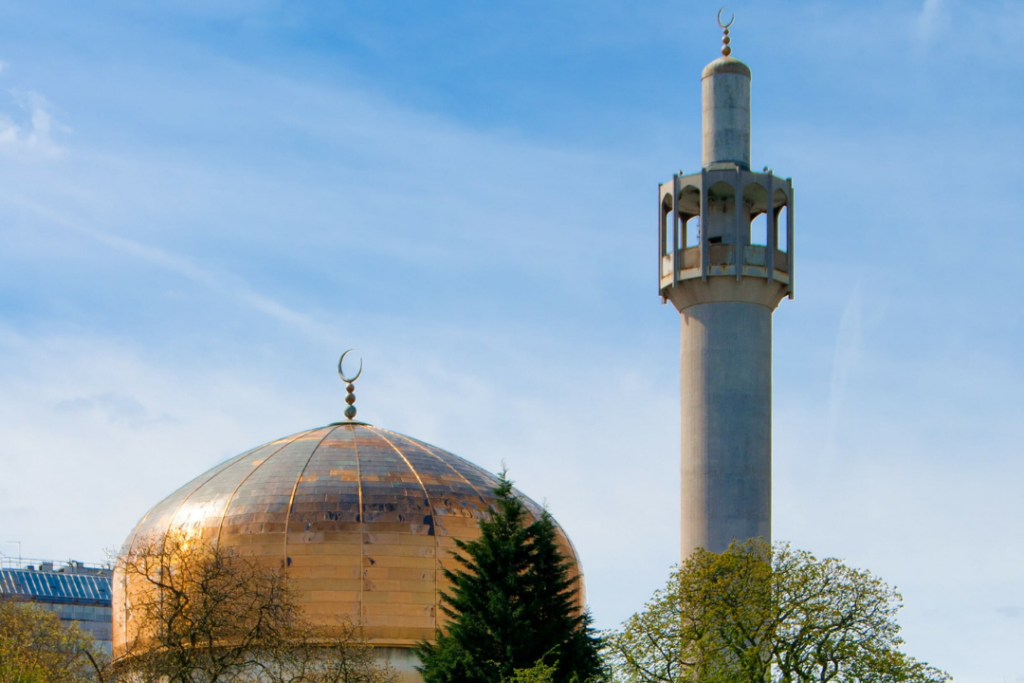Nestled on the edge of Regent’s Park in Central London, Regent’s Park Mosque, also known as London Central Mosque, stands as a testament to the enduring legacy of inclusivity and tolerance. Inaugurated in 1944 by King George VI, the mosque’s establishment marked a historic milestone in British Muslim heritage.

The journey to establish this iconic mosque began long before its inauguration. Efforts dating back to the early 1900s, spearheaded by figures like Lord Headley, laid the groundwork for the eventual realisation of this central place of worship for Muslims in London. By 1940, Lord Lloyd’s memorandum to Prime Minister Winston Churchill highlighted the need for such a mosque, acknowledging the substantial Muslim population in the diverse empire.
King George VI’s Commitment to Interfaith Harmony and Inclusivity

King George VI’s, father of Queen Elizabeth II, pivotal role in championing interfaith harmony cannot be overstated. His generous donation of land and his presence at the mosque’s opening ceremony underscored his commitment to fostering inclusivity within British society. The Mosque Committee, comprising distinguished Muslim diplomats and residents, accepted the gift, leading to the establishment of The Islamic Cultural Centre, housing the London Central Mosque.

Architectural considerations and financial support from international benefactors, including King Faisal Bin Abdul Aziz Al-Saud of Saudi Arabia and Sheikh Zayed bin Sultan Al Nahyan of Abu Dhabi, further contributed to the mosque’s construction. The final design by English architect Frederick Gibberd, completed in 1977, stands as a symbol of architectural achievement and cultural significance for the British Muslim community.
The Enduring Legacy of Regent’s Park Mosque in British Muslim Heritage
Since its inauguration, the Regent’s Park Mosque has served as a cornerstone of British Muslim heritage. Beyond its role as a place of worship, it fosters community cohesion, promotes interfaith dialogue, and offers educational and cultural activities. Today, the mosque continues to uphold its historical significance, playing a vital role in promoting diversity, inclusivity, and unity within British society.

In commemorating the legacy of Regent’s Park Mosque and King George VI’s pivotal role, we celebrate a landmark that transcends religious and cultural boundaries, embodying the spirit of tolerance and harmony.
This post is part of our Muslim Heritage series, you can read about the remarkable legacies of inspiring Muslim figures and institutions who have etched their impact on history here.

